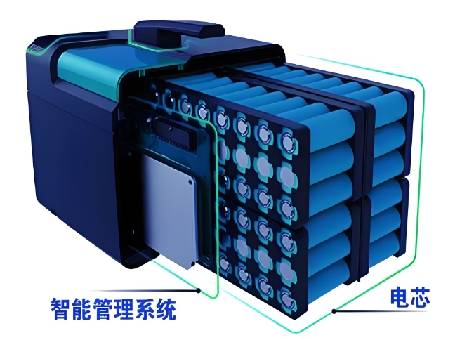Share to
The charging and discharging of
energy storage batteries are adjusted and controlled through the Battery Management System (BMS) and Power Conversion System (PCS). Adjusting the charging and discharging process can be carried out according to different needs and situations, including adjusting the charging rate, discharging power, charging and discharging time, etc. The following are some operational steps for adjusting the charging and discharging of energy storage batteries:
1. Set charging and discharging parameters: Set charging or discharging parameters through BMS, including current, voltage, temperature, etc. For example, under special climatic conditions, the charging and discharging parameters can be adjusted according to the ambient temperature to ensure the safety performance of the battery.
2. Start charging or discharging: Start the charging or discharging process according to the set parameters. PCS is responsible for controlling the process of battery charging and discharging, and adjusting it according to the instructions of BMS. In addition, the status of battery components can be monitored through PCS and troubleshooting can be carried out if necessary.
3. Monitoring battery status: The BMS monitors the real-time status of the battery, including voltage, current, temperature, State of Charge (SOC), etc. In addition, parameters such as pressure and capacity in battery components can be monitored to ensure the overall performance of the battery.
4. Adjusting the charging and discharging power: As needed, PCS can be controlled through BMS to adjust the charging and discharging power and improve the charging and discharging efficiency and performance of the battery. At the same time, intelligent control algorithms can be used to balance the usage rate of battery components and extend the lifespan of the battery.

5. Control charging and discharging time: According to actual needs, control the charging and discharging time to ensure that the battery completes charging or discharging operations within the required time period. This allows charging during peak hours and discharging during low peak hours to achieve efficient utilization of electrical energy.
6. Complete the charging and discharging process: Based on the actual situation, monitor the charging and discharging process to ensure that the battery operates normally and achieves the charging and discharging goals. At the same time, by recording and analyzing the charging and discharging results, the operating strategy of the energy storage system can be optimized, and the efficiency and performance of the system can be improved.
7. Stop charging and discharging: When the charging and discharging process is completed or reaches the set conditions, stop the charging and discharging operation to ensure that the battery system is in a safe and stable state. In addition, BMS can also be used to balance the charging and discharging of the battery to prevent performance loss caused by imbalance between battery components.
By following the above steps, the charging and discharging process of energy storage batteries can be effectively adjusted, achieving control and management of charging and discharging. During the operation process, it is necessary to closely monitor the battery status to ensure the safe and stable operation of the battery system, and improve the efficiency and performance of the energy storage system.

